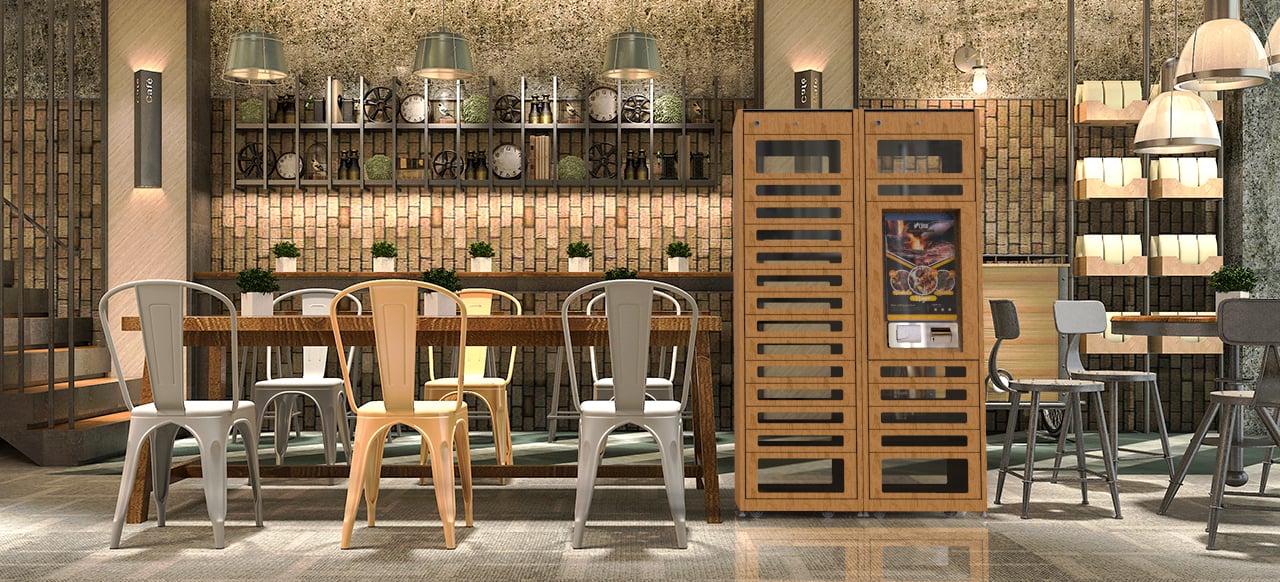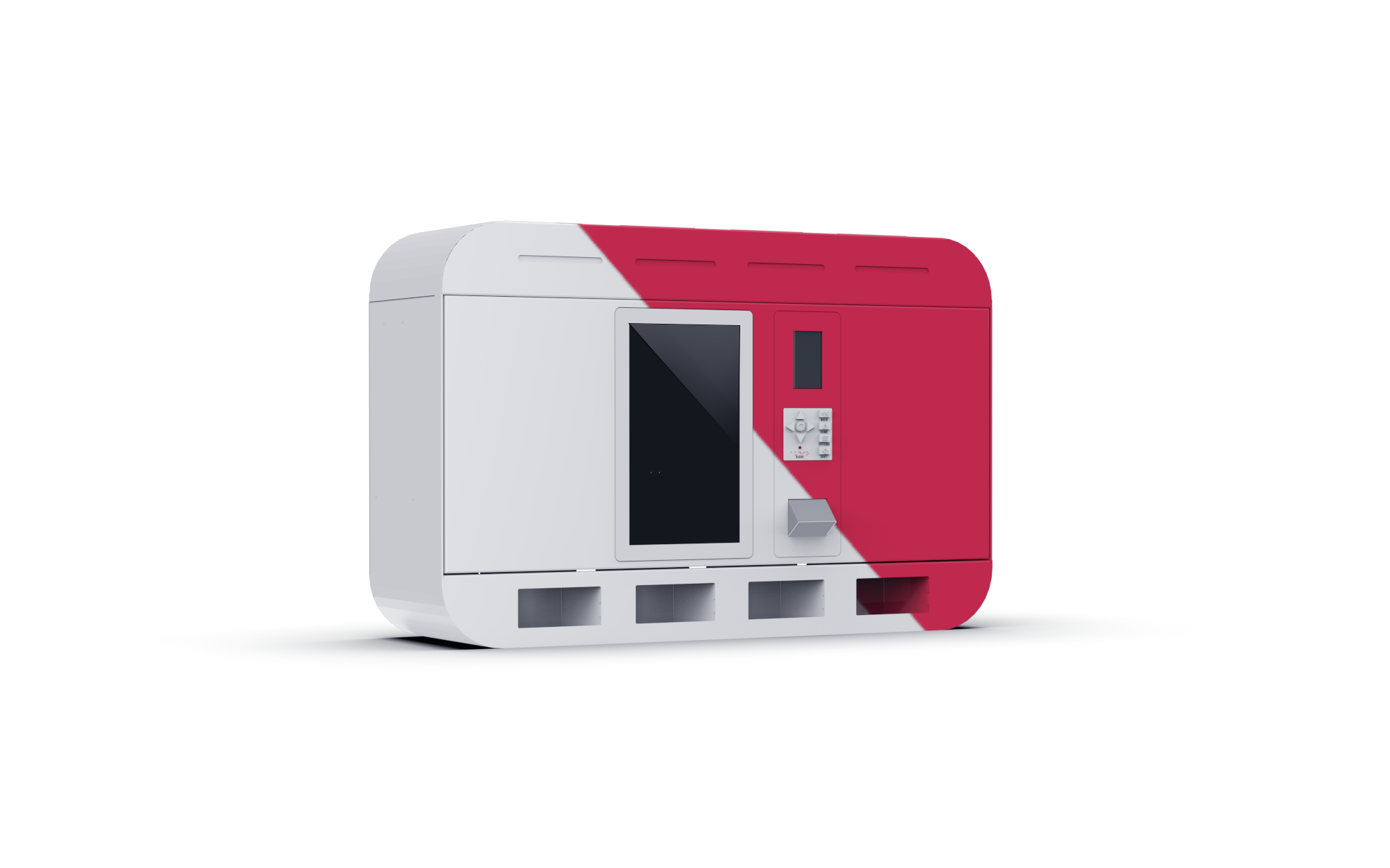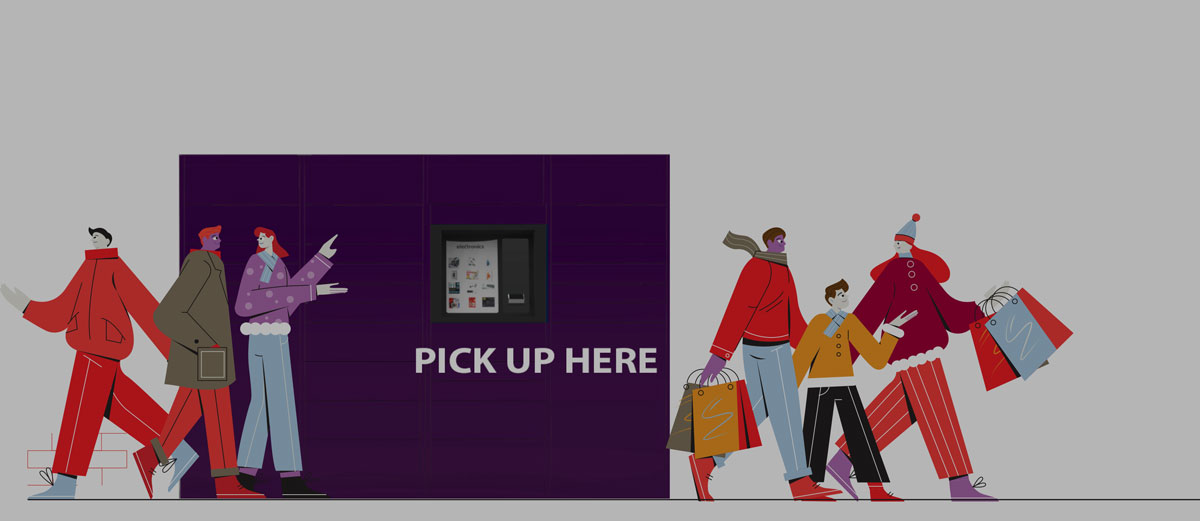Five ways automation will reshape the stores of the (near) future
Automation has already changed the way logistics and manufacturing work, and it’s coming for retail next — not just e-commerce, but the brick-and-mortar stores, too.
And that’s good news: Retail stores will only be stronger for incorporating innovation.
It’s already happening. Whether you’re at a store in your neighbourhood or you’re attending NRF 2023: Retail’s Big Show — one of the industry’s largest and most important gatherings for the exchange of fresh ideas — you’ll see evidence all around that automated retail is a fast-growing and influential trend.
And if you work in the retail industry, you can’t ignore how automated retail kiosks, smart lockers and other rising technologies are creating new opportunities for retailers. Missing out means falling behind. Here, then, are five ways that automation is reshaping physical stores in 2023 that you should know about:
1. More Automation
Sometimes more is more! Automation is taking over the retail environment through the sheer numbers of self-serve kiosks, automated vending machines and smart lockers being installed in stores.
The year 2023 will see automated retail continue its upward trajectory of recent years by virtue of the simple fact that more retailers will be investing in it. As many as a third of retailers are planning to invest in self-serve kiosks and/or smart vending, which will inevitably lead to a noticeable change in how retail environments look and feel.
Moreover, seeing automated retail machines more and more often will make customers more familiar with them — eventually, people could even start expecting to be able to engage in a retail transaction via a kiosk if that’s their choice, just as they would expect during an airport check-in.
Surveys have identified loss prevention as one of the key drivers of the automated retail trend, but there are all sorts of long-term strategic reasons retailers are making investments in automated retail (we identified three major ones here).
Here’s one more: Because it gives you firmer control over inventory, having an automated vending system can be viewed as a pre-requisite to embark on other forward-looking initiatives.
2. Stores doing 'double duty' as fulfilment centres
More and more retailers are making in-store inventory available to online shoppers. Making stores do “double duty,” The Wall Street Journal put it, can help save on warehousing and distribution costs. It can also help companies avoid losing customers to competitors, which happens when inventory systems tell online shoppers that certain items as “out of stock” when the items are actually located in a physical location nearby.
For these reasons and more, U.S. department store chain Macy’s undertook a pilot in 2022 that involved turning portions of 35 stores into distribution centres for online sales.
Customer-facing automation has a role to play in this strategy because it generates real-time data about purchasing and other behaviours that can be employed in future purchasing decisions. As Macy’s Chief Supply Chain officer explained last November, “Effectively managing inventory gives us the flexibility and liquidity to [respond to] what consumers are buying at every customer touch point.” He credited the move with enabling Macy’s to clear inventory from stores and avoid overstock in the new year.
Automated vending and self-serve kiosks also help retailers establish tight control over inventory, which is a must for any plan involving using brick-and-mortar square footage for distribution. Why? Because the inventory inside a machine is safe and accounted for. Merchandise left on a shelf, on the other hand, can be moved and misplaced by customers. A pair of socks may show as in stock in your system, but if the customer left it behind in the electronics section, good luck actually finding it when it’s time to fulfil an online order.
3. Using smart lockers for back-of-house operations
What works for customers can also work for staff: Smart lockers can help staff at busy stores with large teams look after their belongings.
We’ve also already mentioned smart lockers as a tool for loss prevention in back-of-house operations — to keep tabs on sales associates’ necessary gear, including uniforms, tablets, scanners and other electronics. (You don’t want those walkie talkies to take a walkie right out of the store …)
4. Using QR codes to automate routine retail store tasks
Has a technology ever made as big a comeback as QR codes did during the first years of the COVID-19 pandemic? Their ability to facilitate touchless/contactless interactions has been valuable as a public health measure, but think bigger and you can use QR codes for lots of inventive new use cases. They’re a cost-effective tool for introducing and fostering automation in a brick-and-mortar retail environment.
You can use QR codes to take the friction out of newsletter signups, for example. Or you can use QR codes to sell low-cost items via the honour system. Imagine a bin full of (say) pens or keychains with a QR code that takes customers to a page where they can pay for them.
5. Face-to-face interaction through self-service kiosks (learn more at NRF 2023)
Imagine a self-serve kiosk that connects a customer with a human representative of your organization for a video conversation-live! For example, a sales associate could give advice on the buying products she’s expert in across a whole region’s worth of locations. Or a pharmacy could use it to facilitate communication between customer and health-care practitioner. Customer care taken to the next level!
This kind of innovation is closer than you realize. If you’re attending NRF 2023: Retail’s Big Show in New York this month, visit us at the Signifi booth and hear about how we’re turning face-to-face shopping experiences to reality soon.
Signifi’s Elevate units are already equipped with advanced features, such as touchscreen interfaces and personalized product recommendations, that can bring a new level of engagement to the shopping experience. We can help you learn more about how our turnkey automation solutions can revolutionize your in-store experience — within a matter of months after starting the conversation.
We hope to see you there!


.png)

